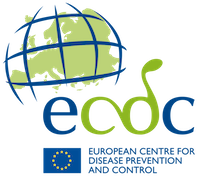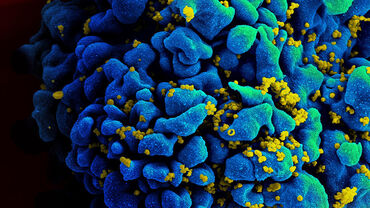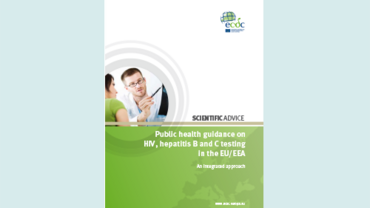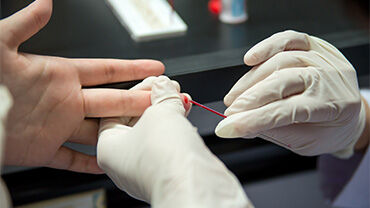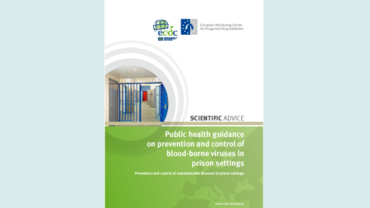HIV/AIDS surveillance in Europe 2018 - 2017 data
This report is the latest in a series published jointly by European Centre for Disease Prevention and Control (ECDC) and the WHO Regional Office for Europe that has been reporting data on HIV and AIDS in the WHO European Region and in the European Union and European Economic Area (EU/EEA) since 2007.
Executive Summary
HIV transmission remains a major public health concern and affects more than 2 million people in the WHO European Region, particularly in the eastern part of the Region. This report finds that while epidemic patterns and trends vary widely across European countries, nearly 160 000 people were diagnosed with HIV in the European Region in 2017, including 25 000 in the EU/EEA. The increasing trend in new HIV diagnoses continued for the Region overall, despite decreasing rates of new diagnoses in the EU/EEA. The report calls for urgent action for countries and areas (especially in the eastern part) to revamp their political commitment and scale up efforts to implement the Action plan for the health sector response to HIV in the WHO European Region.
Download
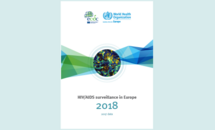
Publication data
Presentation
Presentation: HIV/AIDS Surveillance in Europe 2018 (2017 data)
Summarising results from the joint ECDC - WHO Regional Office for Europe surveillance report: "HIV/AIDS Surveillance in Europe 2018 (2017 data)" .
Infographic
Infographic: HIV late Diagnosis - 2017 data
In the EU/EEA, almost every second HIV diagnosis happened at a late stage in 2017. This means diagnosis several years after infection.
In 2007, 49 % of those with a CD4 cell count reported at HIV diagnosis were diagnosed late (several years after infection).
Infographic
Infographic: HIV and AIDS in Europe 2017
Europe experiences a persistent HIV epidemic, with only little changes in notifications during the last decade in the EU/EEA. One reason for this: an estimated 120 000 Europeans are living with undiagnosed HIV in the EU/EEA, which means that about 1 in 7 of those living with HIV are not aware of their status. And it takes on average three years from HIV infection to diagnosis.
Map
Reported HIV transmission modes in the EU/EEA 2017
Map showing the reported HIV transmission modes in the EU/EEA in 2017
